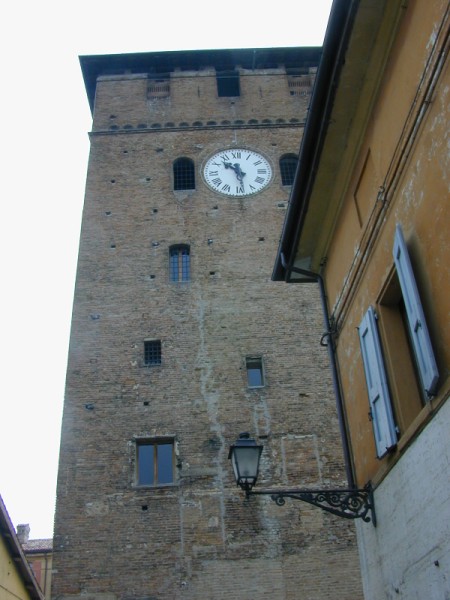 Moving to Italy, Iberia, France
or the Med?
Moving to Italy, Iberia, France
or the Med?
Building a new house or converting an old one? Here's how to prevent Swifts
being banished from your home!
Don't do this! Swifts nested in this roof in Ascoli Piceno, Italy, for 400 years, but no longer now it has been retiled and the tile ends blocked with cement. Using cement like this, as well as (often illegally) destroying Swift colonies, may also impede natural ventilation and promote damp and rot problems. |
Fitted in the original way they make great homes for Swifts, but a disaster is unfolding as builders now block off the tiles with cement, stopping the Swifts access. It's unnecessary, unsightly, and may cause ventilation and damp problems. It is also illegal if Swifts are nesting in the roof. Make sure your builder leaves the tile ends unblocked so the Swifts can get in to nest. You will be well rewarded! |
|
|
On the left is a very interesting roof that we were shown in Grottammare, in the Marche, Italy. It has two sets of apertures, for Swifts and for Kestrels or Jackdaws, all attractive, entertaining and charismatic birds. The Swift holes, which are used every summer, are set in the upper right roof edge, just below the roof balcony fencing. The Kestrel or Jackdaw nests are accessible through the hooded tiles on the lower roof to the left. Adaptations like this are easy and cheap to make when building, renovating or re-roofing. We can supply further information and guidance, and in many cases we can identify local help and advice for you too. Please ask us! For contacts - see below! |
The first Swift Tower of the Third Millennium! Italy still has many old Swift Towers, but new ones like this are rare. These structures were originally built to encourage Swifts to breed so their young could be taken and used as food, in much the same way as dovecotes were once used. These days they are managed to maintain and enhance the populations of Swifts in Italy. This one, based on an ancient local structure, was built in 2005 in Cavriago, Reggio Emilia, for the owner, Signor Predieri. The Swift nest holes in the frieze below the cornice were designed by Mauro Ferri. |
|
Need more advice and help?
 Catalunya -
contact Enric Fuste Catalunya -
contact Enric Fuste Portugal - The Andorin Website Portugal - The Andorin Website
 France (Touraine) - contact Swifts in France France (Touraine) - contact Swifts in France France (Toulon area) - contact Katherine Dubourg France (Toulon area) - contact Katherine Dubourg
|
|
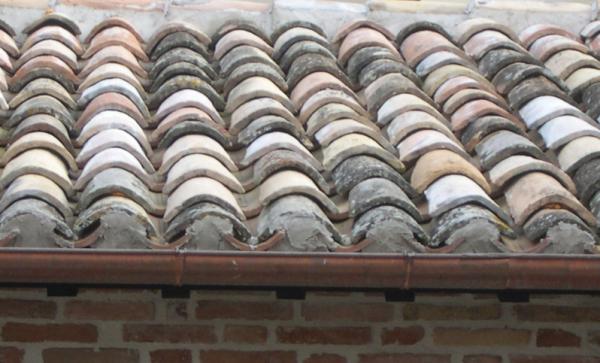
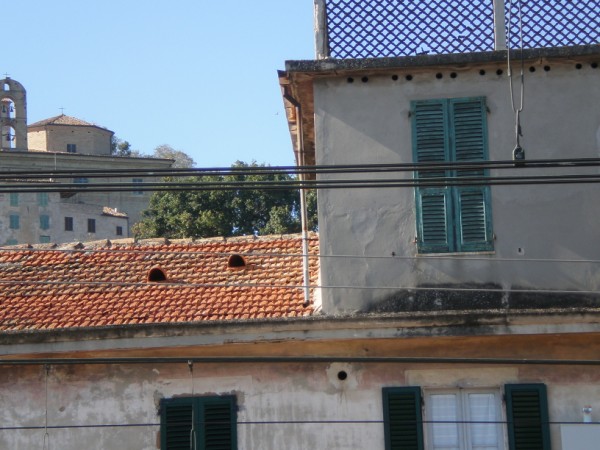
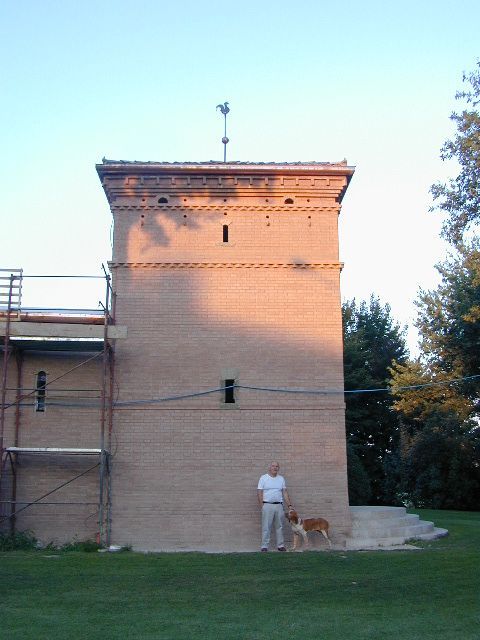
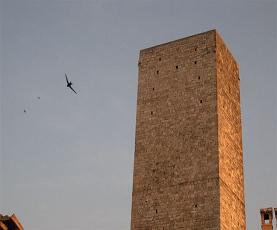
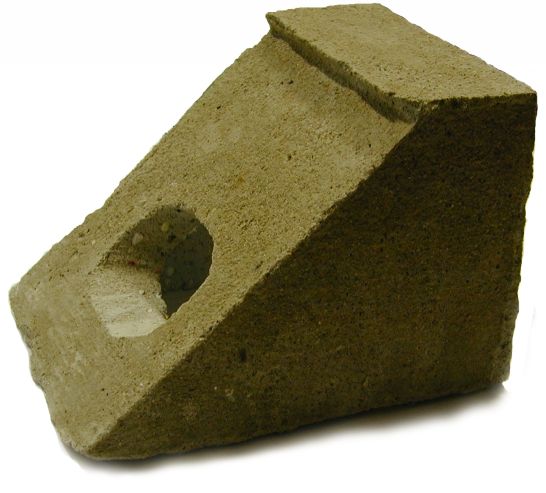
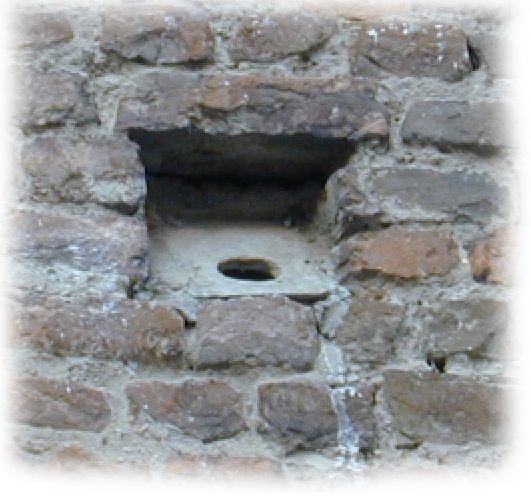
 Israel - contact
Israel - contact 


